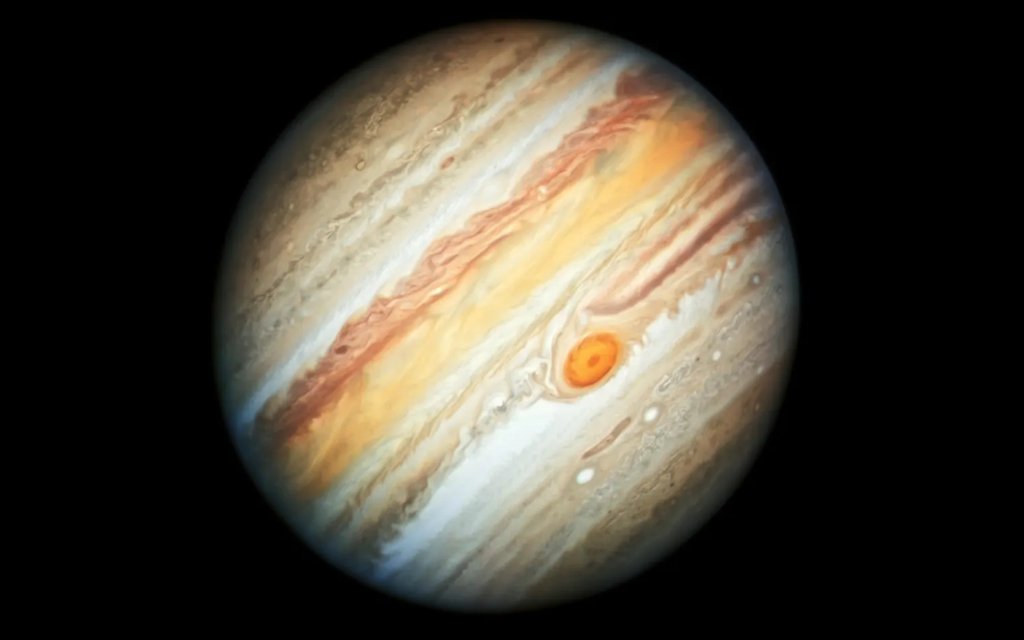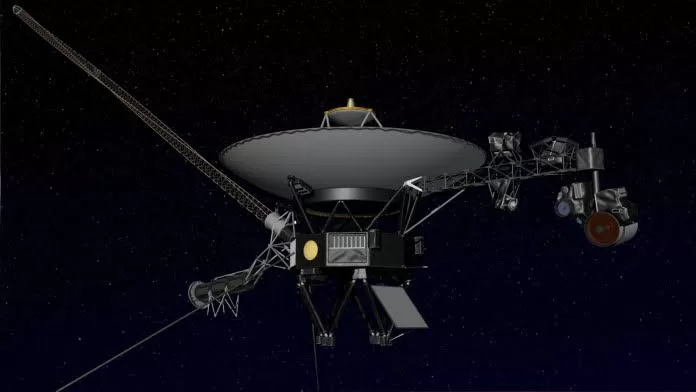Introduction
NASA launched Voyager 2 on August 20, 1977, as a space probe with the mission of studying the outer planets and exploring interstellar space beyond the Sun’s heliosphere. Voyager 2 is the twin of Voyager 1, which had been launched only a few days prior.
Voyager 2 has successfully fulfilled its primary mission of visiting the Jovian system in 1979, the Saturnian system in 1981, Uranian system in 1986, and the Neptunian system in 1989. It is the only spacecraft to have visited all four gas giant planets at close range.
Voyager 2 is still in operation today, and it is the farthest spacecraft from Earth. It is currently in interstellar space, and it is expected to continue sending data back to Earth until at least 2025.
Voyager 2 is carrying a Golden Record, which is a phonographic record containing sounds and images from Earth. The record is a time capsule for any extraterrestrial life that may encounter Voyager 2.
Voyager 2 is a remarkable spacecraft, and it has made many important discoveries about the outer solar system. It is a testament to the ingenuity of human engineers and scientists, and it is an inspiration to us all.
Here are some of the notable discoveries made by Voyager 2:
- The first close-up images of Jupiter’s Great Red Spot


- The discovery of rings around Uranus

- The discovery of a “Great Dark Spot” on Neptune
- The discovery of five new moons and four new rings around Neptune
Voyager 2 is a truly amazing spacecraft, and it has made an indelible mark on our understanding of the solar system. It is a testament to the power of human ingenuity and exploration.
NASA announcement on Voyager 2
On August 1, 2023, NASA announced that they had detected a “heartbeat” signal from it. After the spacecraft lost contact with Earth on July 21. The signal is a confirmation that Voyager 2 is still operating. Even though its antenna is currently pointing away from Earth.
The “heartbeat” signal is a carrier signal that is automatically transmitted by it. It is not a data signal, so it does not contain any information about the spacecraft’s status. However, the fact that the signal is still being transmitted is a good sign that it is still healthy.
NASA engineers are now working on a way to get Voyager 2’s antenna back to pointing at Earth. They are hoping to be able to reestablish communication with the spacecraft by mid-October.
The loss of communication with it was caused by a series of planned commands that were sent to the spacecraft on July 21. These commands accidentally caused Voyager 2’s antenna to shift two degrees away from Earth. This was enough to disrupt the radio signal that it uses to communicate with Earth.
The “heartbeat” signal is a welcome development. And it gives NASA engineers hope that they will be able to get it back in communication with Earth soon. Voyager 2 is a valuable spacecraft. And it has been sending back data about the outer solar system for more than 40 years. It is important for NASA to be able to keep in touch with the spacecraft. So that they can continue to learn from it.
I hope this helps! Let me know if you have any other questions.


Hi,
I intend to contribute a guest post to your website that will help you get good traffic as well as interest your readers.
Shall I send you the topics then?
Best,
Allison Roy
sure, you can send us your post using form in home page.